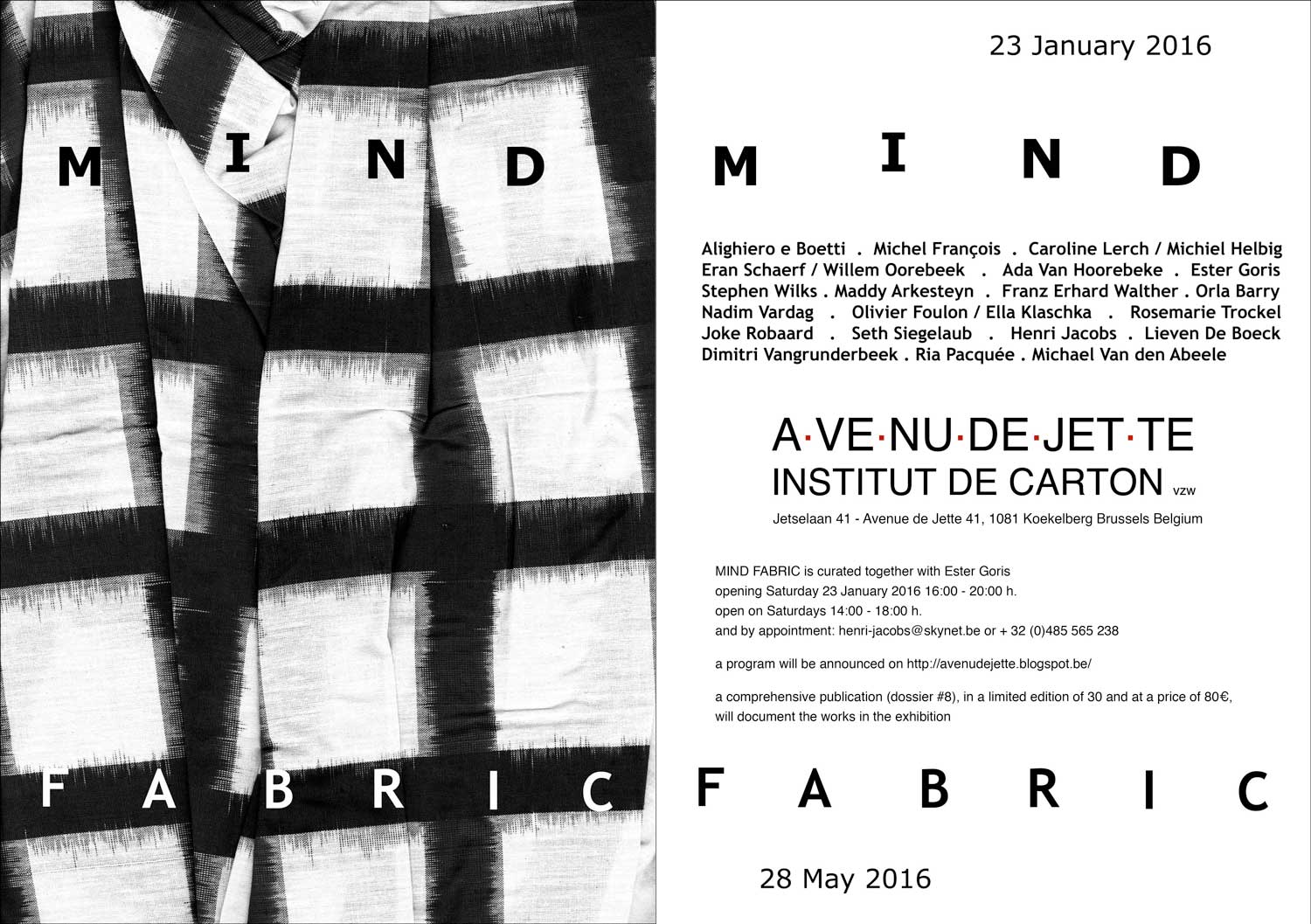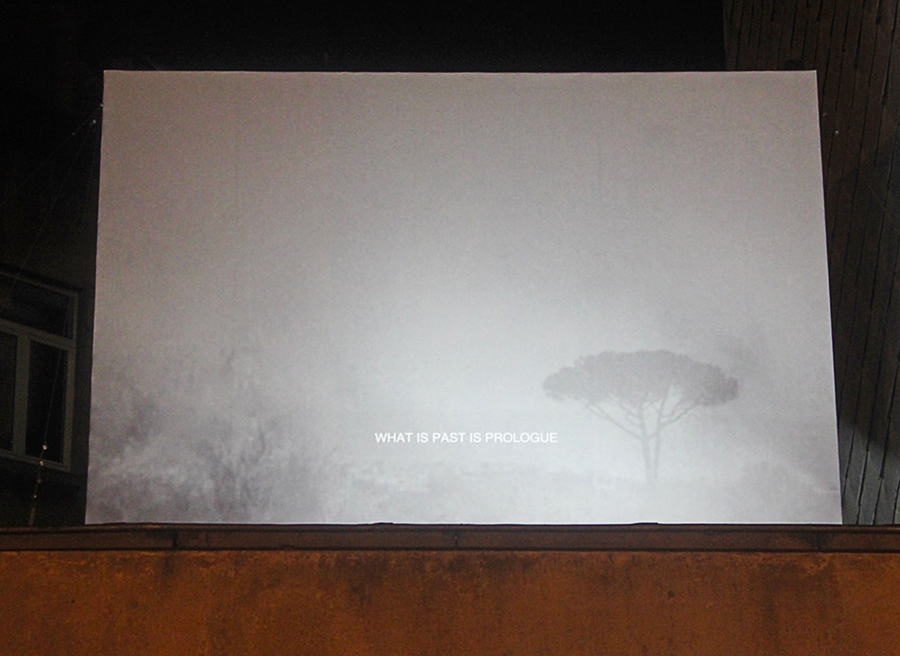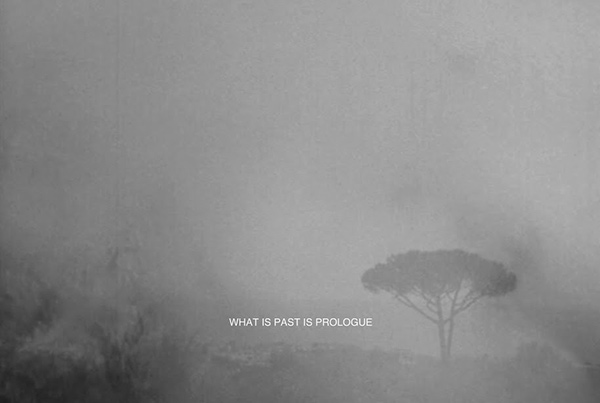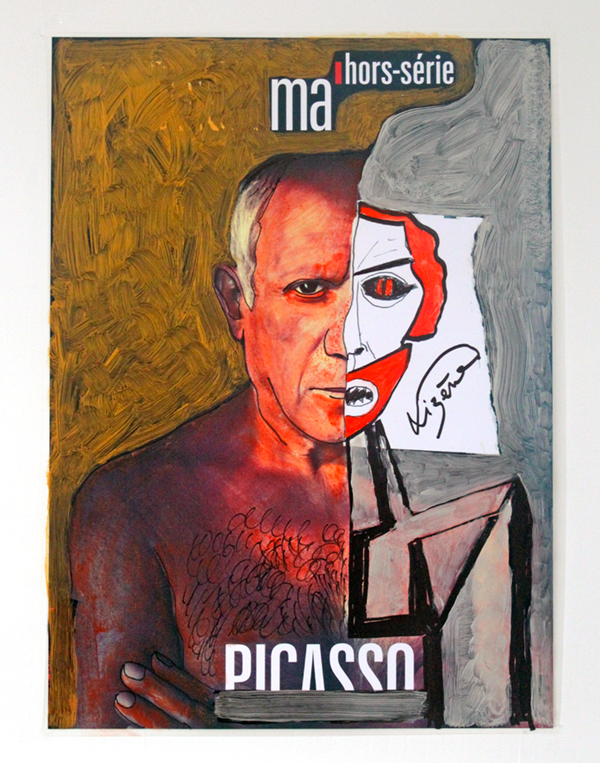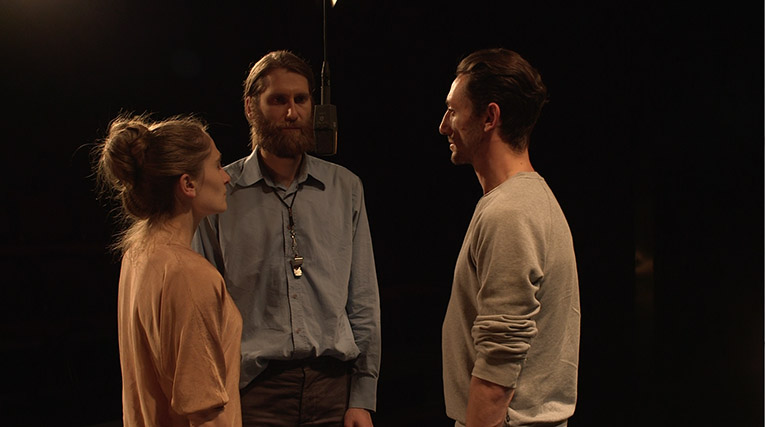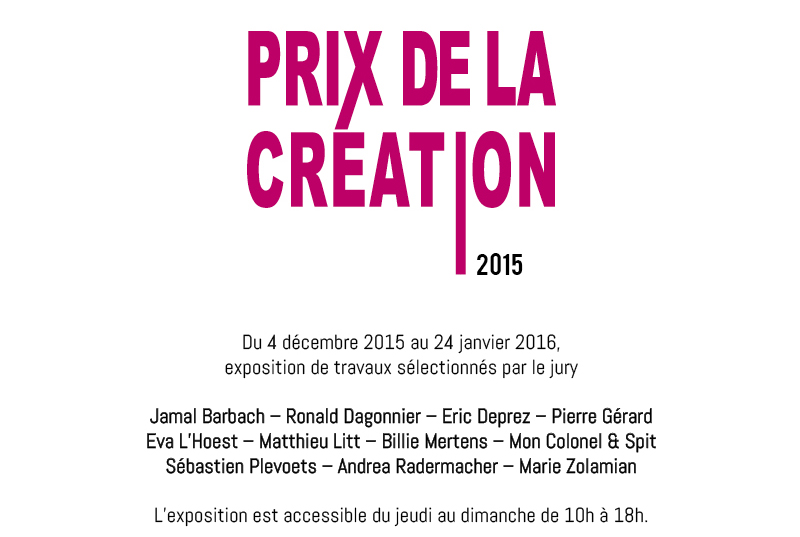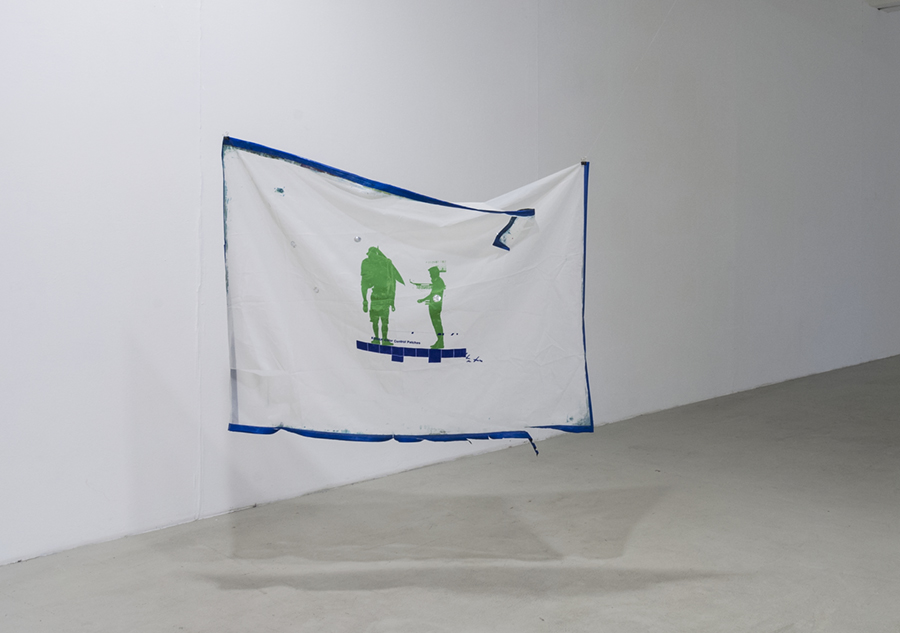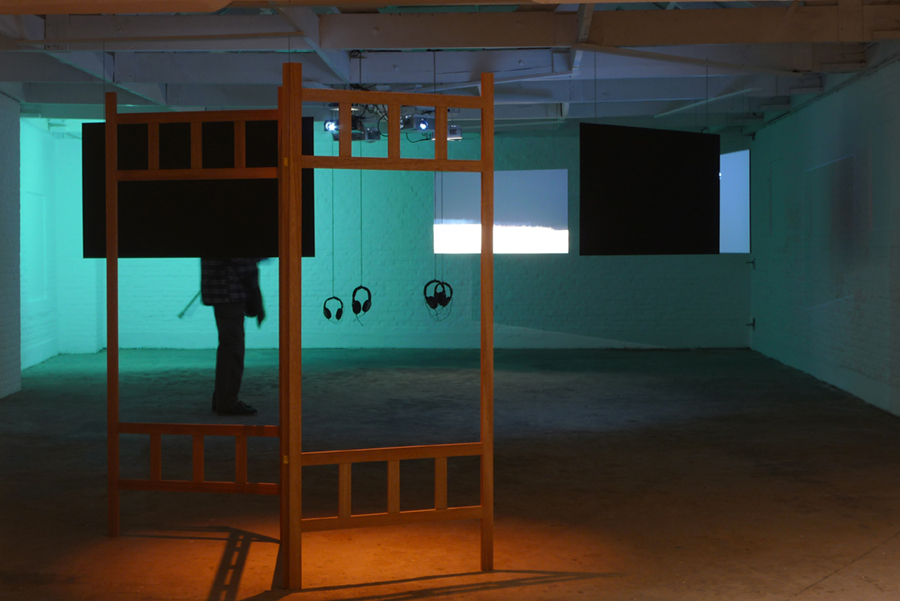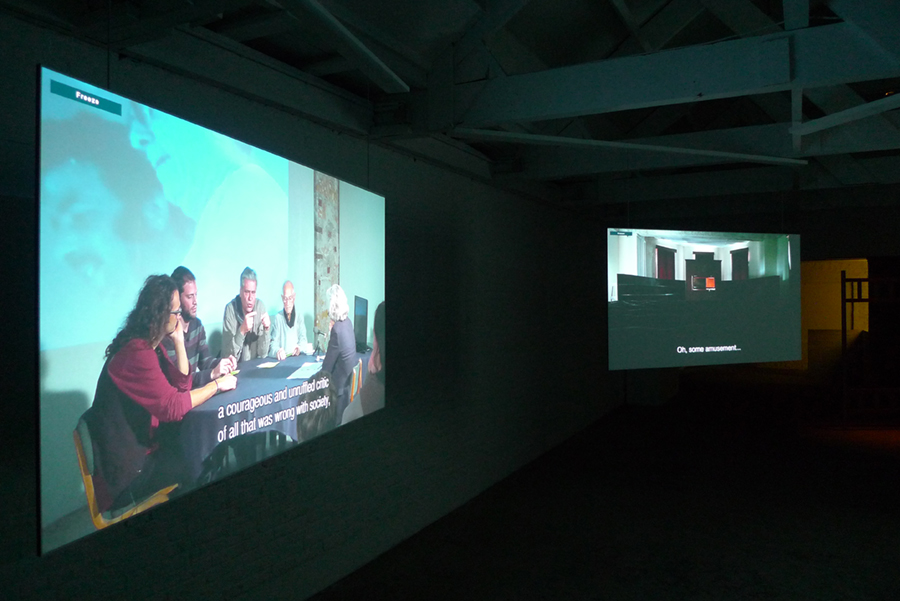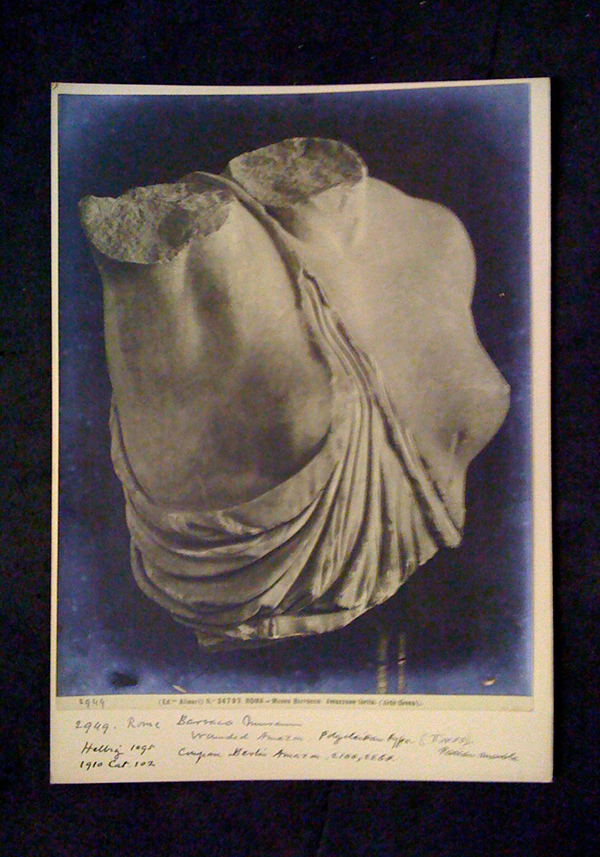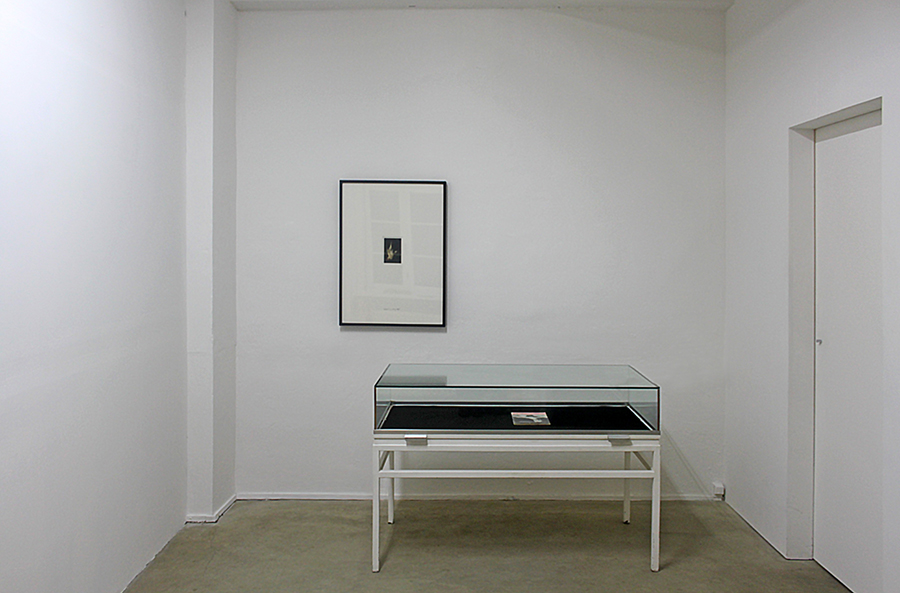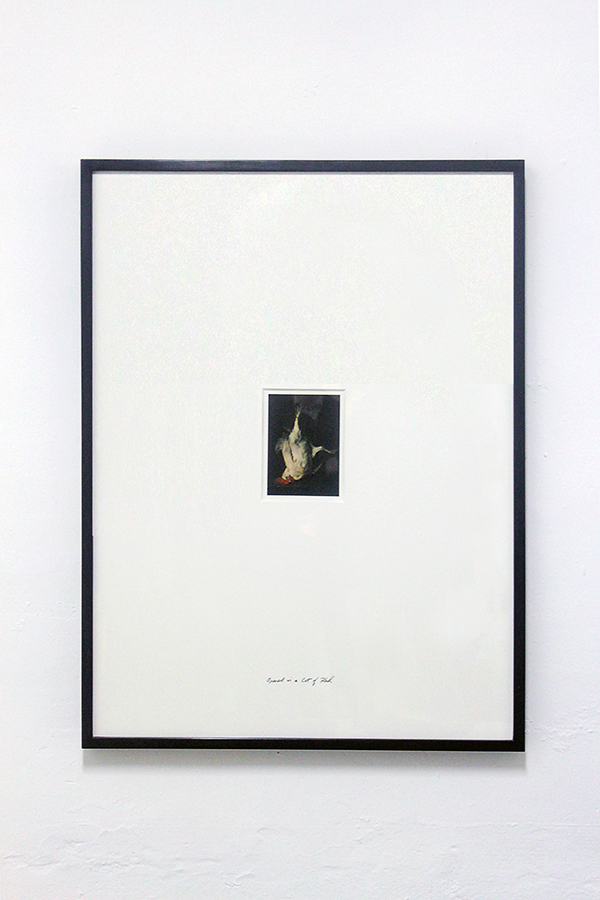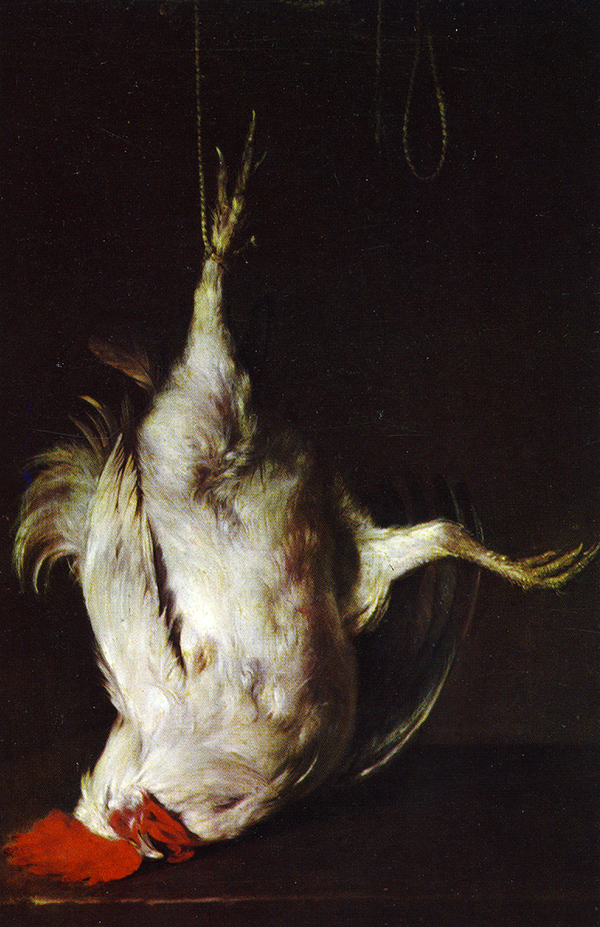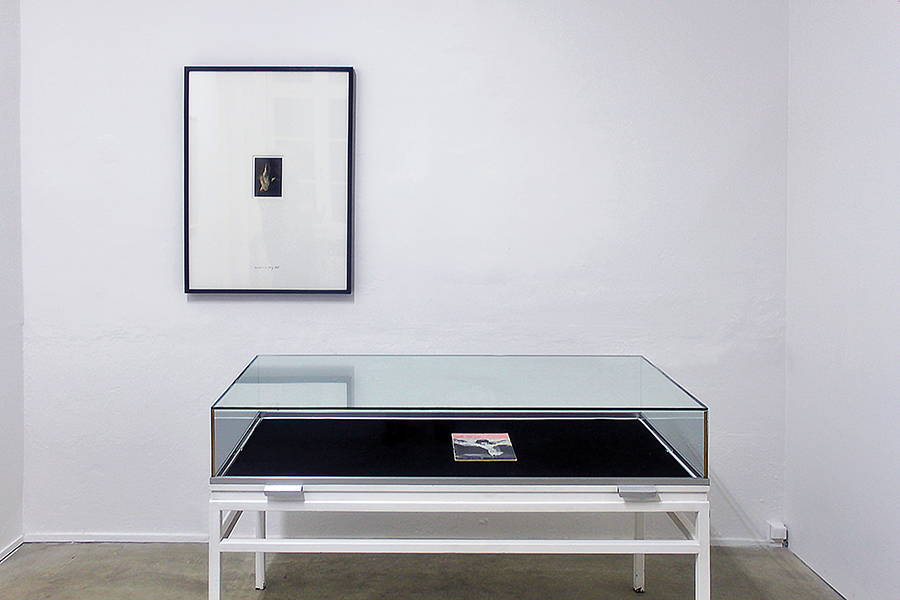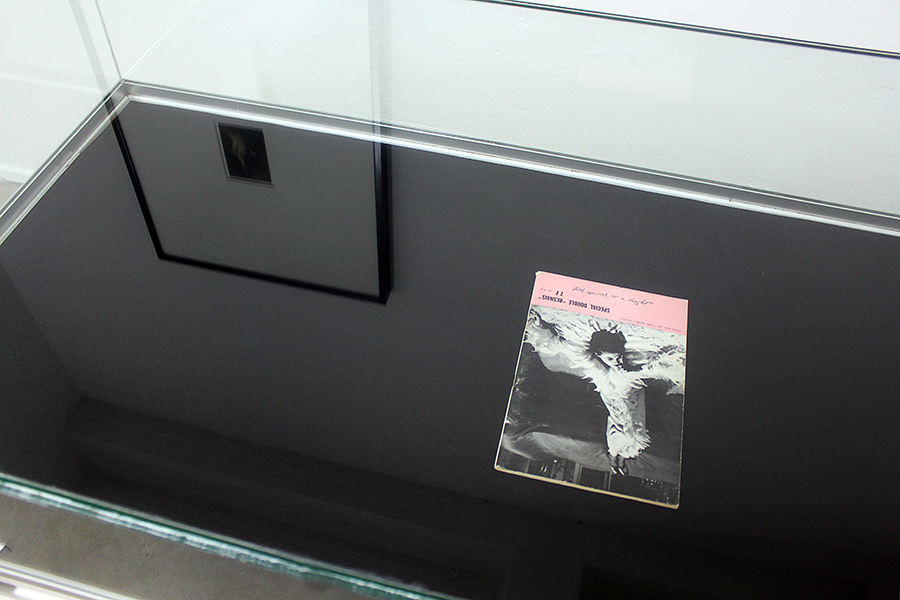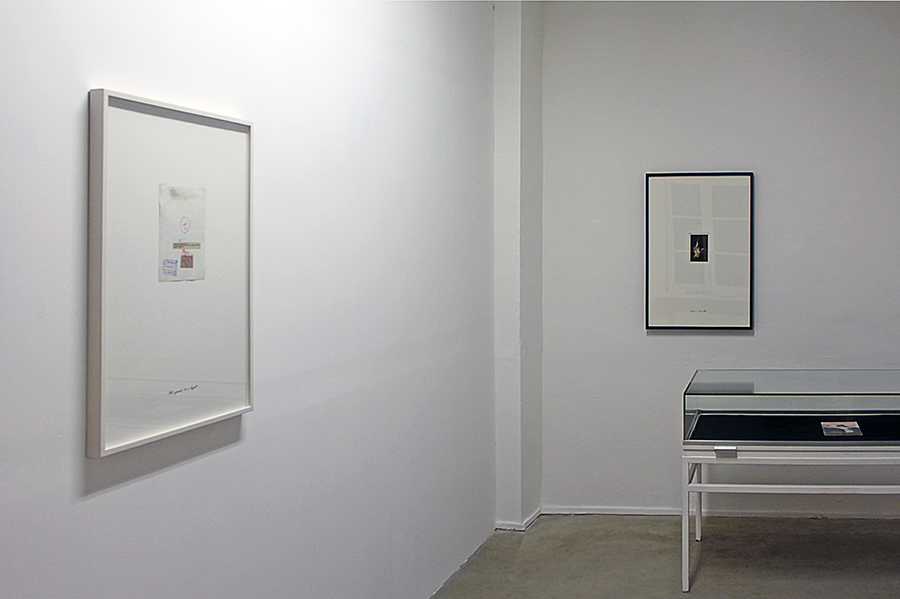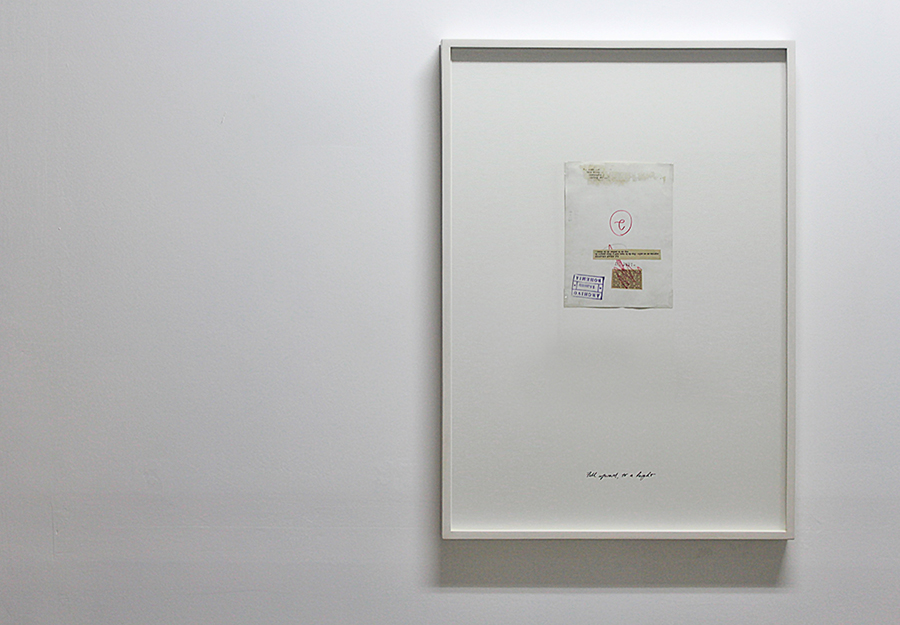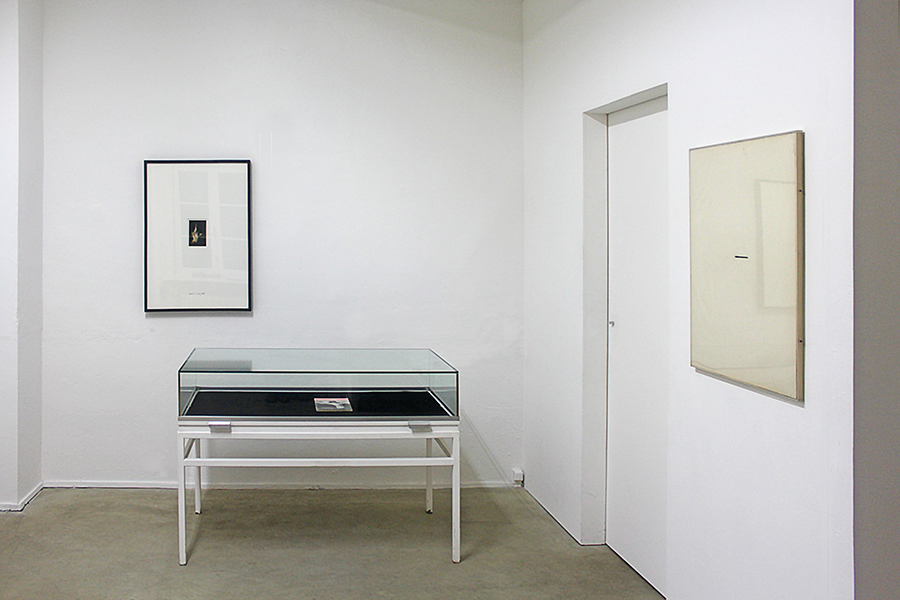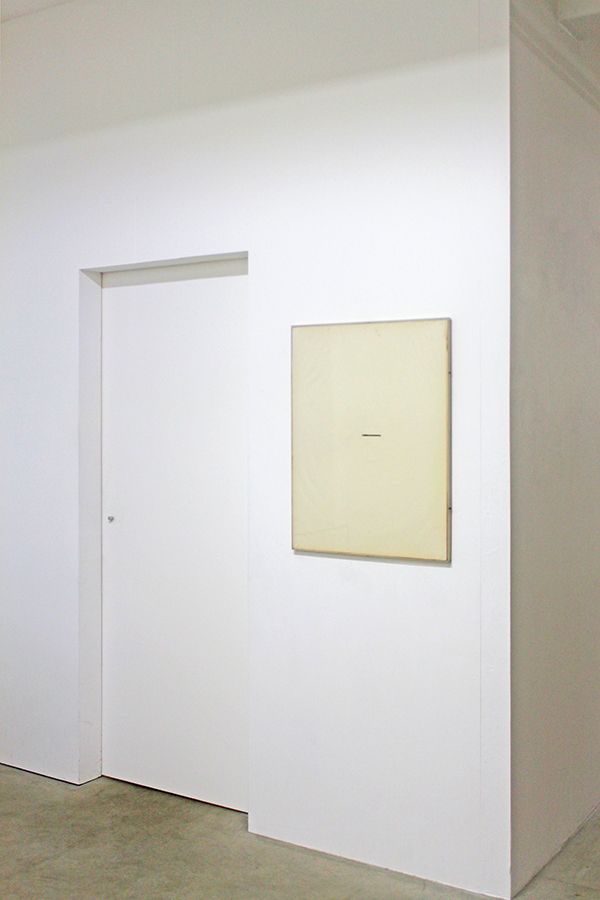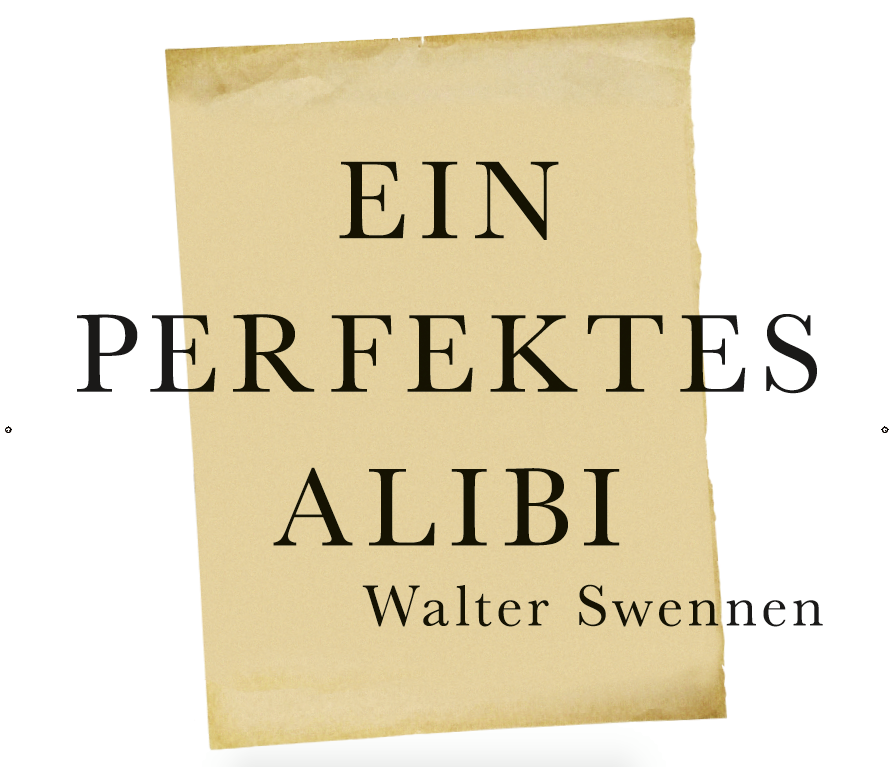
EN
Walter Swennen
Ein perfektes Alibi
November 28th 2015 until February 14th 2016
Opening: November 27th 2015, 7.30 p.m.
After initially working in the field of poetry and performance Walter Swennen (born 1946) developed an extensive artistic oeuvre since the early 1980s that makes decided use of painting as a pictorial medium. In the process, the artist retains a conceptual proximity to a painting that is now once again all too gladly elevated as art’s supreme discipline. And although it might seem traditionalistic upon first glance he nevertheless concentrates on the self-made picture with all the strengths and weaknesses of painterly means.
It is the material circumstances of painting, the convention of the panel picture that Swennen plumbs in order to generally explore the quality of iconic and symbolic signs. Put differently, he tests image and word through painting with a view to its significance and effect. This approach can be characterised as a cognitive critical project that, references philosophical, semiotic and psychological discourses despite being carried out wholly in painting as medium, currency and institution. It is consequently not surprising that every picture once again represents its innermost problem that in each case must be handled separately and brought to a painterly solution and must also simply ‘succeed’ as a picture. Walter Swennen’s oeuvre is accordingly heterogeneous. It thrives on the complexity of the individual picture without taking style, manner or genre into consideration.
Organised in close cooperation with Walter Swennen the retrospective exhibition “A Perfect Alibi” at the Kunstverein für die Rheinlande und Westfalen, Düsseldorf features circa 35 works by the Brussels-born artist, who now again lives and works in his native city. Featuring numerous loans from collections in Belgium, the Netherlands and French, the works made over a period of some thirty-five years provide an exemplary overview of the production of this artist, which can now be seen in such detail for the first time in Germany.
The exhibition likewise serves also the opening salvo for a series of events in the Kunstverein that are specifically devoted to the increasingly problematic position of the object in art – or rather the ‘thing art’.
D.
Walter Swennen
Ein perfektes Alibi
28. November 2015 bis 14. Februar 2016
Eröffnung: 27. November 2015, 19.30 Uhr
Walter Swennen (Jg. 1946) hat nach ersten im Bereich der Dichtung und Performance anzusiedelnden Arbeiten seit Anfang der 1980er Jahre ein umfangreiches künstlerisches Werk entwickelt, das Malerei dezidiert als Bildmedium einsetzt. Dabei lässt es der Künstler keineswegs an konzeptueller Distanz zu einer heute wieder allzu gern zur Königsdisziplin der Kunst überhöhten Malerei fehlen. Und dennoch konzentriert er sich, was auf den ersten Blick traditionalistisch anmuten mag, ganz auf das mit allen Stärken und Schwächen malerischer Mittel eigenhändig gemachte Bild.
Es sind die materiellen Gegebenheiten der Malerei, die Konvention des Tafelbildes, die Swennen auslotet, um die Qualität ikonischer und symbolischer Zeichen generell zu erkunden. Anders gesagt testet er Bild und Wort durch die Malerei hindurch auf ihre Aussagefähigkeit und Wirkung. Dieser Ansatz ließe sich als erkenntniskritisches Projekt bezeichnen, das sich, wenngleich ganz und gar in der Malerei als Medium, Währung und Institution ausgetragen, auf philosophische, semiotische und psychologische Diskurse bezieht. Es ist insofern kein Wunder, dass jedes Bild aufs Neue sein ureigenes Problem darstellt, das jeweils für sich bearbeitet und zu einer malerischen Lösung gebracht werden, als Bild eben auch ‚gelingen’ muss. Entsprechend heterogen stellt sich das Werk Walter Swennens dar. Es lebt aus der Komplexität des einzelnen Bildes, ohne Rücksicht auf Stil, Manier oder Genre zu nehmen.
Die in enger Zusammenarbeit mit Walter Swennen entstandene und retrospektiv angelegte Ausstellung „Ein perfektes Alibi“ im Kunstverein für die Rheinlande und Westfalen, Düsseldorf, versammelt rund 35 Arbeiten des in Brüssel geborenen und heute wieder dort lebenden und arbeitenden Künstlers. Die Arbeiten, darunter zahlreiche Leihgaben aus Sammlungen in Belgien, Holland und Frankreich, stammen aus einem Zeitraum von dreieinhalb Jahrzehnten und erlauben einen exemplarischen Einblick in das Werk des Künstlers, das erstmals in dieser Ausführlichkeit in Deutschland zu sehen ist.
Die Ausstellung bildet zugleich den Auftakt für eine Reihe von Veranstaltungen im Kunstverein, die sich gezielt dem problematisch gewordenen Stellenwert des Objekts in der Kunst – oder vielmehr dem ‚Ding Kunst’ – widmen wird.
[sociallinkz]
